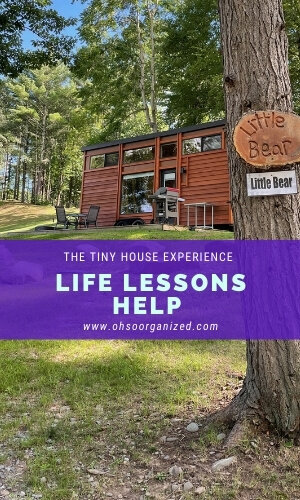We’ve all been through a lot with the pandemic, change, loss, political unrest, uncertainty, and this sense that life is and will continue to be different. We’ve had to be flexible, resilient, and creative. Last year, many of us canceled Thanksgiving and other holidays that we usually celebrated. Instead, we found different ways to “be together.” Zoom was our new best friend. It was a lost year of non-celebrations and sadness for some of us because we missed the human contact and in-person gatherings.
Personally, I’ve felt a great hole from the loss of my mom, who died this year. Yet somehow, as the months have passed, while I miss her greatly, I’m also feeling such gratitude for the wonderful people who are here. Through the tumult, friends, family, and colleagues have brought moments of joy and lightness to a challenging time. We’ve stayed connected through texts, emails, phone calls, social media, Zoom, FaceTime, and in person.
My conversations this fall, which often were “walk and talks,” covered everything from challenges to successes, plans, hopes, dreams, family, friends, work, travel, feelings, stories, tears, laughter, and so much more. Many of these treasured moments happened while we walked side-by-side, taking in the beautiful views of nature or hearing the crunch of the leaves as our feet made contact with the forest floor.
What does any of this have to do with organizing? Organizing can be about managing our physical stuff and also how we use and prioritize our time. Between pivoting my business to virtual organizing and letting go of things to “live with less,” I made time to stay connected. Life isn’t all about working and doing. It’s also about having time with the special people in your life.
“Life isn’t all about working and doing.”
I am so profoundly grateful for my family, friends, colleagues, and clients. Life would not be the same without you. There are too many people to name. But I’d like to give a special shout-out to my wonderful husband, Steve, our amazing kiddos Cassie and Allison, and beautiful friends old and new Joanne, Yota, Christine, and Juliet. Thank you for the many ways you share your wisdom, love, and light.
Grateful for wonderful family and friends who bring their special blend of wisdom, compassion, humor, love, and light to this world.
As we navigate the holiday season, who do you want to connect with? Who are you grateful for? How do you connect with the people most important to you? I’d love to hear your thoughts. I invite you to join the conversation.

















